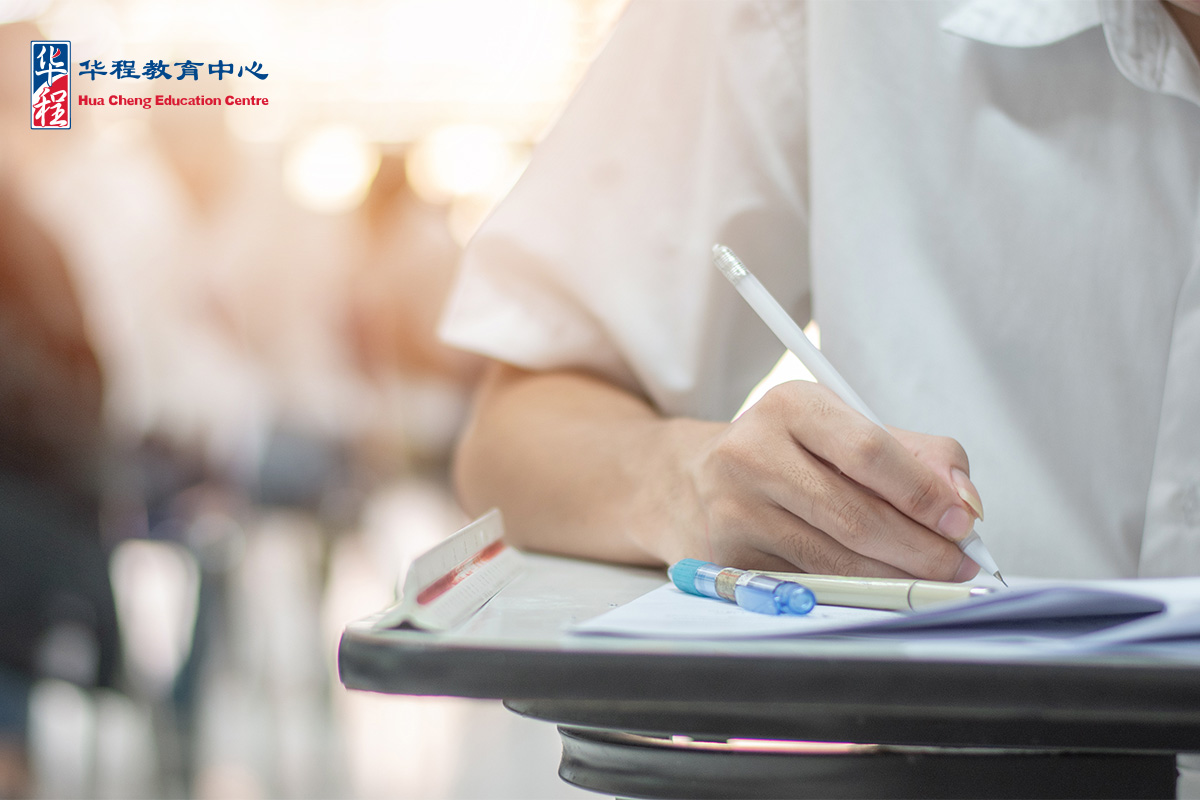The PSLE Chinese exam is a major milestone for students and their families, marking the end of an important chapter in their academic journey. After the exam, it’s crucial for students to take a moment to relax and celebrate their hard work. Yet, this time can also be a perfect opportunity to prepare for the transition to secondary school, where new challenges in the Chinese curriculum lie ahead.
In this article, we’ll provide practical tips for parents and students to navigate the post-PSLE period effectively. We’ll explore the significance of relaxation, suggest engaging activities to maintain your child’s interest in the Chinese language, and share strategies for bridging the gap between primary and secondary school Chinese. With the right approach, you can help your child transition smoothly into this new phase and thrive in their future studies, including PSLE Chinese exam preparation.
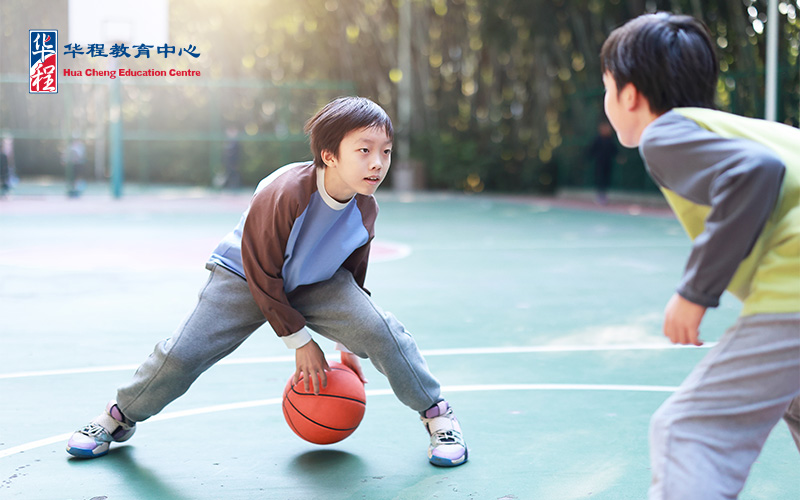
Part 1: Post-Exam Relaxation Tips and Activities
After the PSLE Chinese exam, it’s essential to focus on what comes next. Students should not only unwind but also find enjoyable ways to stay engaged with the language. Let’s explore the importance of relaxation and suggest activities that can help students recharge and prepare for the future.
A. The Importance of Relaxation and Recharging
Restore Mental and Emotional Energy
After months of intense preparation, children need time to refresh their minds. The pressure of academic focus can lead to burnout, so giving them space to decompress is vital. Taking a break can help restore their mental clarity and emotional balance.
Engaging in Fun, Non-Academic Activities
Encourage students to participate in enjoyable activities that are free from academic pressure. Family outings, sports, or trying out new hobbies can provide a perfect distraction and foster joy. These experiences not only lighten the mood but also create lasting memories.
Celebrating Milestones
It’s important to celebrate your child’s effort, regardless of the results. Consider organising small rewards or family gatherings to acknowledge their hard work and perseverance. Celebrations can be as simple as a special meal, a day out, or even a thoughtful gift. Celebrating their achievements fosters a sense of accomplishment and motivation for future challenges.
Take a Break from Academics
Allowing students to fully disengage from academic stress is crucial. Encourage them to enjoy their time off without worrying about upcoming challenges. This break can significantly contribute to their overall well-being and readiness for the next academic phase.
Promote Positive Mental Health
Nurturing mental well-being during this transition is essential. Introduce mindfulness activities such as meditation, art, or nature walks to help students relax and reconnect with themselves. These practices can cultivate a sense of peace and resilience, making for a smoother transition to secondary school.
B. How to Continue Engaging With Chinese After the Exam
Keeping up with the Chinese language after the PSLE Chinese exam is vital for maintaining and enhancing your child’s proficiency. Here are some fun and engaging ways to help your child stay connected to the language and continue maintaining their Mandarin proficiency.
Read for Pleasure in Mandarin
Encourage your child to explore Chinese books, comics, or magazines that spark their interest. Whether it’s a gripping novel, an exciting comic series, or a trendy magazine, reading for pleasure not only enriches their vocabulary but also boosts comprehension in a relaxed environment. You could even organise a family reading challenge where everyone shares their favourite stories, sparking discussions in Mandarin and turning reading into a fun family activity.
Watch Mandarin TV Shows or Movies
Recommend popular Chinese-language TV shows, cartoons, or movies to help sharpen your child’s listening and conversational skills. Engaging with media in Mandarin makes language learning feel less like a chore and more like entertainment. Look for age-appropriate content that aligns with their interests—be it animated series, films, or live-action dramas—to encourage both language acquisition and cultural appreciation.
Play Language-Based Games and Apps
Introduce interactive Chinese learning apps or board games that reinforce language skills and create a playful experience. There are many educational apps designed to enhance vocabulary and grammar through engaging activities. Playing language-based games can transform learning into a fun, competitive challenge that your child will eagerly embrace, keeping their skills sharp while enjoying the process.
Explore Chinese Culture
Take the opportunity to explore Chinese culture by visiting cultural landmarks, Chinese heritage centres, or local festivals. Engaging in activities like calligraphy or cooking traditional Chinese dishes provides hands-on experiences that deepen their understanding of the language. These cultural explorations can spark a greater interest in the language and its roots, making it feel more relevant and meaningful in their everyday life.
Maintain Conversations in Mandarin
Encourage casual conversations at home in Mandarin to keep the language alive in daily life. Integrate Mandarin into family routines—whether it’s during meals, while playing games, or in light-hearted chats about the day. The more your child practices speaking, the more confident and proficient they will become. Create an environment where using Mandarin feels natural and enjoyable, allowing them to express themselves freely.

Part 2: Looking Ahead: Preparing for Secondary School Chinese
As students transition from primary to secondary school, they’ll find that the Chinese curriculum undergoes some significant changes. New concepts and examination formats are introduced, making it essential for both parents and students to understand what lies ahead. This knowledge can help ease the transition into secondary school Chinese studies.
A. What’s in Store for Your Child?
In secondary school, your child will encounter the O-level Chinese exam format, which is structured to assess a broader range of skills compared to the PSLE Chinese exam. Here’s a brief overview of what to expect in this new assessment landscape:
Paper 1: Composition
This paper is designed to evaluate a student’s writing ability through two main components:
Situational Writing
Students will need to write formal and informal emails, adapting their language and style to suit different contexts and audiences. This section not only tests their writing skills but also their ability to communicate effectively in various scenarios.
Essay Writing
This section includes three types of essays: narrative, expository, and persuasive. Each requires a unique approach. Narrative essays emphasise storytelling; expository essays focus on explaining or informing about a topic, and persuasive essays challenge students to build arguments and convince the reader, fostering critical thinking and writing skills.
Paper 2: Comprehension
The comprehension paper evaluates students’ reading and analytical skills through several components:
Cloze Passage and Vocabulary Corrections
This section features fill-in-the-blank questions and vocabulary exercises that assess students’ understanding of context and language nuances.
Comprehension Passages (MCQ)
Students will read passages and answer multiple-choice questions to demonstrate their grasp of key ideas and details.
Comprehension Passages II (Open-ended questions)
This component requires students to answer open-ended questions, encouraging deeper analysis and interpretation of the text.
Paper 3: Oral Examination and Listening Comprehension
The oral examination measures students’ speaking skills and their ability to communicate in Mandarin. It typically involves discussing a topic or responding to prompts, allowing students to showcase their fluency and pronunciation. Additionally, listening comprehension tests their ability to understand spoken Mandarin, a crucial skill for effective communication.
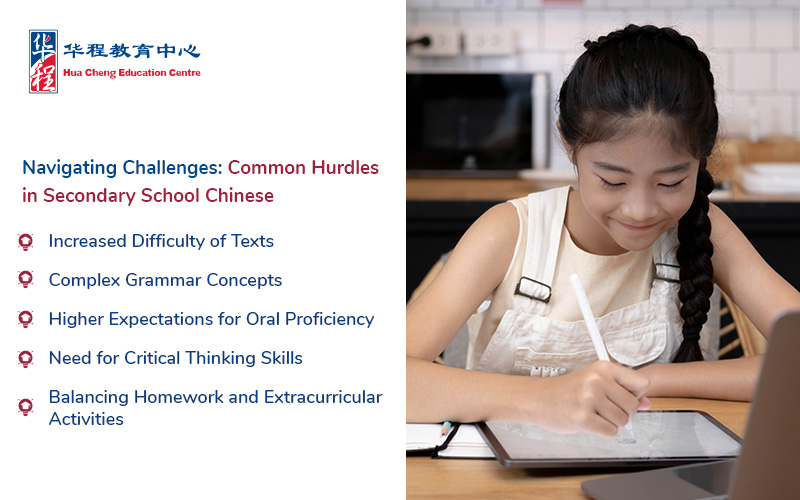
B. Key Differences
As students transition from the PSLE to the O-level Chinese curriculum, they’ll encounter several vital changes that parents and students should be aware of. Recognising these differences can help set realistic expectations and prepare for the challenges ahead.
Increased Difficulty
One of the most notable shifts is the overall increase in difficulty. The secondary school Chinese curriculum introduces more complex grammar concepts, sophisticated vocabulary, and challenging reading materials. Students will explore a wider range of texts, including classical literature and modern works, which require a deeper engagement with the language. This transition demands a more nuanced understanding of Mandarin, along with enhanced analytical skills.
Emphasis on Critical Thinking
Unlike the PSLE, where students primarily demonstrate their knowledge, the O-level curriculum places a greater emphasis on critical thinking. Students will be expected to analyse and interpret various texts, drawing inferences and forming their own opinions. They’ll also be expected to express their ideas clearly and coherently in Chinese, fostering both language proficiency and intellectual engagement with the material.
Cultural Appreciation
The secondary curriculum takes a more comprehensive approach to cultural education. It delves deeper into Chinese history, literature, and philosophy, fostering a richer understanding of Chinese culture. Students will explore significant cultural themes and historical contexts, enabling them to appreciate the language beyond just vocabulary and grammar. This cultural insight creates meaningful connections between the language and its heritage.
Oral Proficiency
There will be a stronger emphasis on oral communication skills in secondary school. Students will participate in group discussions, presentations, and debates, which are integral to developing fluency and confidence in speaking Mandarin. This shift towards interactive activities not only sharpens language skills but also prepares students for real-world conversations and collaborative environments.
Assessment Methods
The assessment methods in secondary school also differ significantly from those in primary school. O-level Chinese exams will include a mix of written and oral components, each designed to evaluate specific skills. Students will be assessed on their ability to read, write, speak, and listen in Mandarin, with a focus on both accuracy and expression. The diverse assessment methods encourage a well-rounded mastery of the language, ensuring that students can communicate effectively in various contexts.
C. How to Bridge the Gap Between Primary and Secondary School Chinese
Bridging the gap in Chinese learning between primary and secondary school takes a bit of planning and a hands-on approach. To help your child transition smoothly and feel confident with the new challenges ahead, here are a few effective strategies to consider:
Reinforce Primary School Foundations
After the PSLE, it’s a good idea to revisit primary school material to reinforce key areas. Focus on skills that may need polishing, such as character recognition and composition writing. Fun activities like flashcards for characters or creative writing prompts can boost both understanding and confidence. Strengthening these foundations will give your child a solid starting point as they move on to more complex concepts.
Introduce Secondary School-Level Materials
Gradually introduce secondary school-level materials, like textbooks, articles, or sample exam papers, into their routine. This familiarisation helps them adjust to the more advanced curriculum. Start with simpler texts that challenge them without being overwhelming. This exposure helps students get a feel for what’s coming and prepares them for the increased difficulty of secondary school.
Join Holiday Programmes or Enrichment Classes
Enrolling your child in holiday programmes or secondary Chinese tuition can be a great way to support their transition to secondary school. These courses often focus on bridging the gap between the two curricula, offering targeted lessons that tackle common challenges students face. Opt for programmes that balance academic skills with cultural appreciation to ensure your child gets a well-rounded language learning experience.
Daily Vocabulary Practice
Building a robust vocabulary foundation is critical for thriving in secondary school Chinese. Encourage your child to pick up new words and phrases daily, especially those tied to the secondary curriculum. You can make this a fun activity, like a “word of the day” challenge where they learn new vocabulary and its context. This habit will expand their language skills and better prepare them for the more advanced texts and ideas they’ll come across later.
Strengthen Oral and Listening Skills
Developing oral communication and listening comprehension is essential as your child gears up for secondary school Chinese. Engage them in regular Mandarin conversations, encouraging them to share their thoughts and opinions openly. You could also explore language-learning apps with listening exercises or connect them with native speakers through conversation exchanges. These practices will boost their fluency, pronunciation, and listening abilities, all of which are crucial for excelling in the O-level exam.
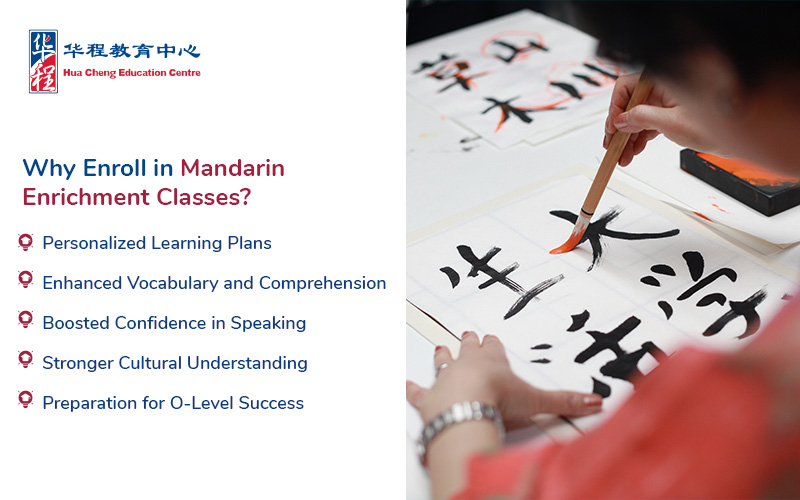
Frequently Asked Questions about Secondary School Chinese
Here are some common questions you may have regarding secondary school Chinese.
1. How can I help my child improve their Chinese writing?
To help your child improve their Chinese writing, encourage them to practise regularly by keeping a journal or writing short stories in Mandarin. Provide them with prompts or topics that interest them, and ensure they receive constructive feedback on their work. Additionally, they should be exposed to various written materials, such as books, articles, and online content, to enhance their vocabulary and understanding of different writing styles.
2. My child did not perform as expected in the PSLE Chinese Exam. What should I do?
If your child did not perform as expected in the PSLE Chinese exam, reassuring them that setbacks are a normal part of learning and growth is essential. Encourage them to reflect on what they can learn from the experience, focusing on areas for improvement rather than dwelling on the results. Help them create a personalised study plan that addresses their weaknesses, and consider enrolling them in Chinese tuition in Singapore for additional support. Remind them that determination and perseverance are crucial and that there will be future opportunities to demonstrate their skills.
3. What can I do if my child struggles with Chinese?
If your child struggles with Chinese, the first step is to identify specific areas where they are having difficulty, whether it’s vocabulary, comprehension, or writing skills. Encourage open communication to discuss their challenges and provide emotional support. Regularly review their homework together and encourage them to ask questions in class to clarify their understanding. You might also consider enrolling them in Mandarin enrichment in Singapore to give them extra guidance and resources tailored to their needs.
4. How can I motivate my child to learn Chinese?
To motivate your child to learn Chinese, make the language relevant and enjoyable by integrating it into their daily life. Celebrate small achievements in their learning journey, and create a positive learning environment at home that fosters curiosity and enthusiasm. Setting achievable goals and providing rewards for progress can also help maintain their motivation.
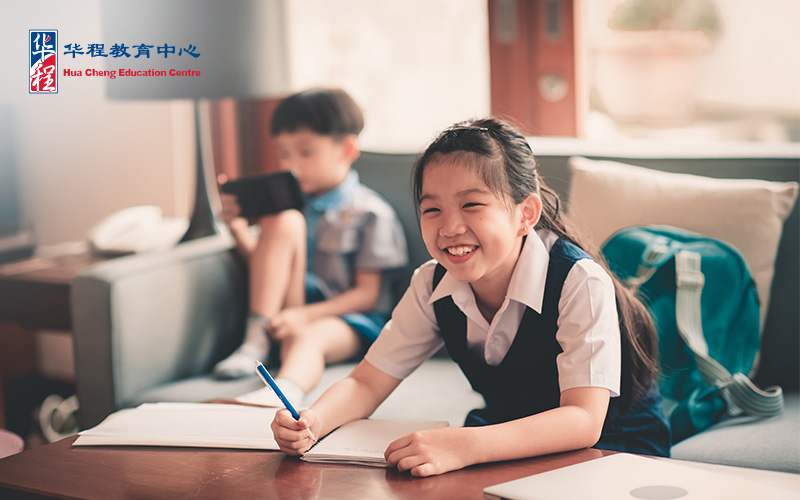
The PSLE Chinese exam marks not just the end of primary school but also the beginning of an exciting new chapter in secondary school. As students step into this next stage, both parents and students need to adopt strategies that ensure a smooth transition. By balancing relaxation with enjoyable activities, reinforcing foundational skills, and gradually introducing secondary-level content, families can set their children up for continued success in learning Chinese.
While the shift to secondary school Chinese may present some challenges, it also brings exciting opportunities for growth and a deeper understanding of both the language and culture. The tips shared in this article provide a helpful guide to navigating this journey with confidence.
For those looking for additional support, consider enrolling your child in Hua Cheng Education Centre’s primary school Chinese tuition programmes. Our dedicated instructors focus on cultivating a genuine love for the language while offering comprehensive grammar, vocabulary, reading, and writing lessons. We tailor our programmes to each learner’s needs, ensuring they thrive as they progress in their studies.
Take the next step in your child’s educational journey today! Drop by any of our centres across the island to explore our programmes and discover how we can support your child in reaching their language goals.
